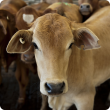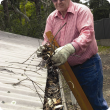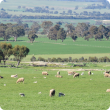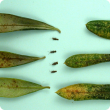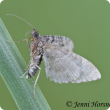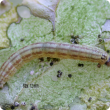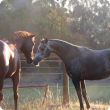Filter by regions:
- (-) Remove Mid West filter Mid West
- (-) Remove Perth regions filter Perth regions
- South West (602) Apply South West filter
- Great Southern (598) Apply Great Southern filter
- Peel (591) Apply Peel filter
- Wheatbelt (537) Apply Wheatbelt filter
- Goldfields-Esperance (510) Apply Goldfields-Esperance filter
- Gascoyne (408) Apply Gascoyne filter
- Kimberley (358) Apply Kimberley filter
- Pilbara (353) Apply Pilbara filter

